|
As we wrap up 2023 with a big beautiful bow, I am looking forward to 2024 and hoping to meet you in person in 2024. While a large majority of the work I do is directly with schools, these are a few upcoming, OPEN to the public opportunities where we might be able to connect.
Accessing prior knowledge is an important element of instruction especially when serving multilingual learners. It doesn’t have to take long, but when implemented it can stimulate thinking and help new learning stick too.
ABC Brainstorming is one way to access prior knowledge, and it can also be used as a culminating activity. ABC Brainstorming can be done in small collaborative groups or it can be done individually. I have found it most effective when introduced first individually for a few minutes and then in small collaborative groups. What is advocacy? Am I doing it?
Many educators find themselves asking these questions. Advocacy sometimes sounds big and scary and many educators think they can’t do it. But actually, advocacy is incorporated in daily actions sometimes big and other times small. An EL Teacher’s Perspective on Self (& Professional) ImprovementWhen we pour into ourselves, those around us benefit. This is why becoming the BEST version of yourself is an investment for not only YOU but all of those around you. Our students, families and colleagues deserve the best from us and so do we.
These ideas led me to think about how I will deliberately improve myself for the sake of the English learners, families, and colleagues I work with and here is my plan. I’m nudging you to think about your intentions also. What will you do in 2023? This was an important lesson I learned because what happened time and time again was my principal or director would tell me that I had X number of dollars to spend on multilingual learners (English learners) by tomorrow! Okay, I’m exaggerating a bit, but not much. I was like a deer in the headlights, my eyes big and wide. I mean, I wanted the money for my students but at THAT moment I could think of nothing. My brain was blank.
Multilingual learners count on us to provide high-quality, comprehensible, and culturally responsive instruction in each lesson in every classroom.
Here are 22 practical and efficient ways (in no particular order) we can support emergent bilinguals as they climb to become our future global leaders. *The terms multilingual, emergent bilingual, and English learner are used interchangeably in this article and also include the acronyms MLs, EBs, and ELs. Last year, I wrote about what I was currently listening to, reading, writing, and viewing. I thought it was a good time to share again. And I’d love to learn about yours!
If we want to ensure that English learners don't continue to fall behind academically, integrating language with content is the key! This is where listening, speaking, reading, writing, (and viewing) come into play. So I ask you, how are you practicing what you preach and modeling these behaviors for staff, students, and families? I'll share mine and then I'd love to hear yours!
Listening... Whether you are reading this during your summer break or during the midst of the school year, just the fact you are reading it means you are looking for self-directed professional learning. And I applaud you!
Just like students, teachers, too, can suffer from a "summer slide" or plateau in development unless we connect with other educators, attend professional learning, or read books that invigorate our craft. Summer offers the perfect time to reflect on our teaching practices, refine, and reclaim our roles as leaders of learning. But ongoing learning can happen throughout the year! Here are a few ways to stay fresh! advocating for English LearnersWhen I first began my role as an ESL teacher, I have to admit, I didn't know much about ELLs other than my own experiences. My experience growing up as an English learner helped me form my beliefs about language learning and helped me as I worked with ELs in my general education classroom.
But the year I left the general education classroom and moved into the role of an ESL teacher who supported all grades, co-taught, and pulled newcomer students out for intense English instruction, I realized that I needed to learn more and do more. I was seen as the ESL/ELL specialist on my campus. And that meant a lot to me. The students were counting on me to support their language development and to support their teachers. I had to step up my game and FAST! As teachers, we've probably heard of "book tastings" for students. But have you every held one of these for your colleagues?
This is a unique type of professional learning that can promote more learning and individual growth. Here's how I recently held one with my colleagues: Click on the image above to download a PDF of the graphic. YEARS ago (and I mean YEARS), I was introduced to a book that was practical and served all students. This book was not meant solely for teachers of English Language Learners but for teachers of students-all students. At the same time, the techniques supported ELLs.
The book is 7 Steps to a Language-Rich Interactive Classroom by John Seidlitz and Bill Perryman. Not only is the layout of this book super reader-friendly but it is also filled will practical, research-based instructional moves that are applicable to all content areas k-12. Some are obvious and when I read them I felt validated. Others were new for me and helped me to make my classroom room accessible to all students. Whether you are a campus lead teacher, ELL specialist, instructional coach, or administrator, you can benefit from conducting a learning walk on your campus.
Learning walks are arguably of the greatest forms of job embedded professional development. I'm a huge believer in the power of learning from colleagues. As a campus ESL Instructional Specialist for five years, I traveled to various classrooms on a daily basis and co-taught with teachers in k-5th grades. This was an amazing experience for me. It allowed me to see some powerful instructional practices and also some that needed support.
Back in the day, not too long ago, the only way to receive professional development was to attend a training or workshop. No longer is that the case. Now, there are many options for us. So, with Twitter, online learning, and newer opportunities out there, is face-to-face professional development a thing of the past? As a professional development specialist, I find this an interesting question to ponder.
Systemic, campus-wide change…if that’s what you are looking for, this may be the answer for you.
I’ve often heard that campus leaders are looking for “a common thread that binds the campus”… “a thread that weaves naturally through pre-K to 5th grade in all classrooms”. Here’s how we successfully accomplished just that in our district in Texas. Recently, I read a book that I found practical and relevant to all grade levels and content areas. The book is called 7 Steps to a Language-Rich Interactive Classroom by John Seidlitz and Bill Perryman. I loved that it was research based and reader friendly. I decided to make this book into a hybrid online and face-to-face book study that campuses in my district could use. (But you can use any book that you feel is relevant to the needs of your campus.) What happens when the phrase professional development is mentioned to teachers? It's rarely met with smiles and high fives. Unfortunately, the success of traditional professional development is not that great. When we attend a one day face-to-face pd and then return to campus never to hear about the session again, it is often forgotten and not implemented.
As I reflect on my own career in education, I can safely say that I learned the most as a teacher during the years that I traveled through the building daily as an ESL co-teacher. Why? Because I taught side-by-side with various teachers K-5 and learned strategies and techniques from my peers. I saw what worked and what didn't and I tried my new tricks right away. This was job embedded professional development at it's best. How can we recreate this for any teacher on campus even if they don't co-teach in multiple classrooms daily? Enter Learning Walks---- The courses offered include:
The ELPS Linguistic Instructional Alignment Guide or LIAG is aresource also available to educators. It is not a course but a resource that is handy for planning instruction. As a classroom teacher, the LIAG can a used to tailor listening, speaking, reading, and writing goals and instruction for each English Learner in your classroom. Sheltered Instruction videos are coming soon! So be on the look out! And share this awesome resource with your colleagues. Just wondering...for those of you who don't live in the GREAT state of Texas, does your state/country have something like this for teachers? Please comment. Enjoy! TEXAS teachers!! Have you heard about Texas Gateway???
This is an AMAZING, FREE resource library for all Texas educators and parents created by the Texas Education Agency. The courses offered are self-paced, online courses. Some even include videos and classroom support documents. As an advocate for English Learners, I truly love that the Texas Gateway offers several courses related to supporting teachers and administrators of ELs. Teachers can take the courses and receive professional development credit for them too! But BEST of all, teachers and administrators will gain valuable knowledge about how to effectively support English Learners in their classrooms and schools utilizing the English Language Proficiency Standards aligned with the TEKS. |
Categories
All
|

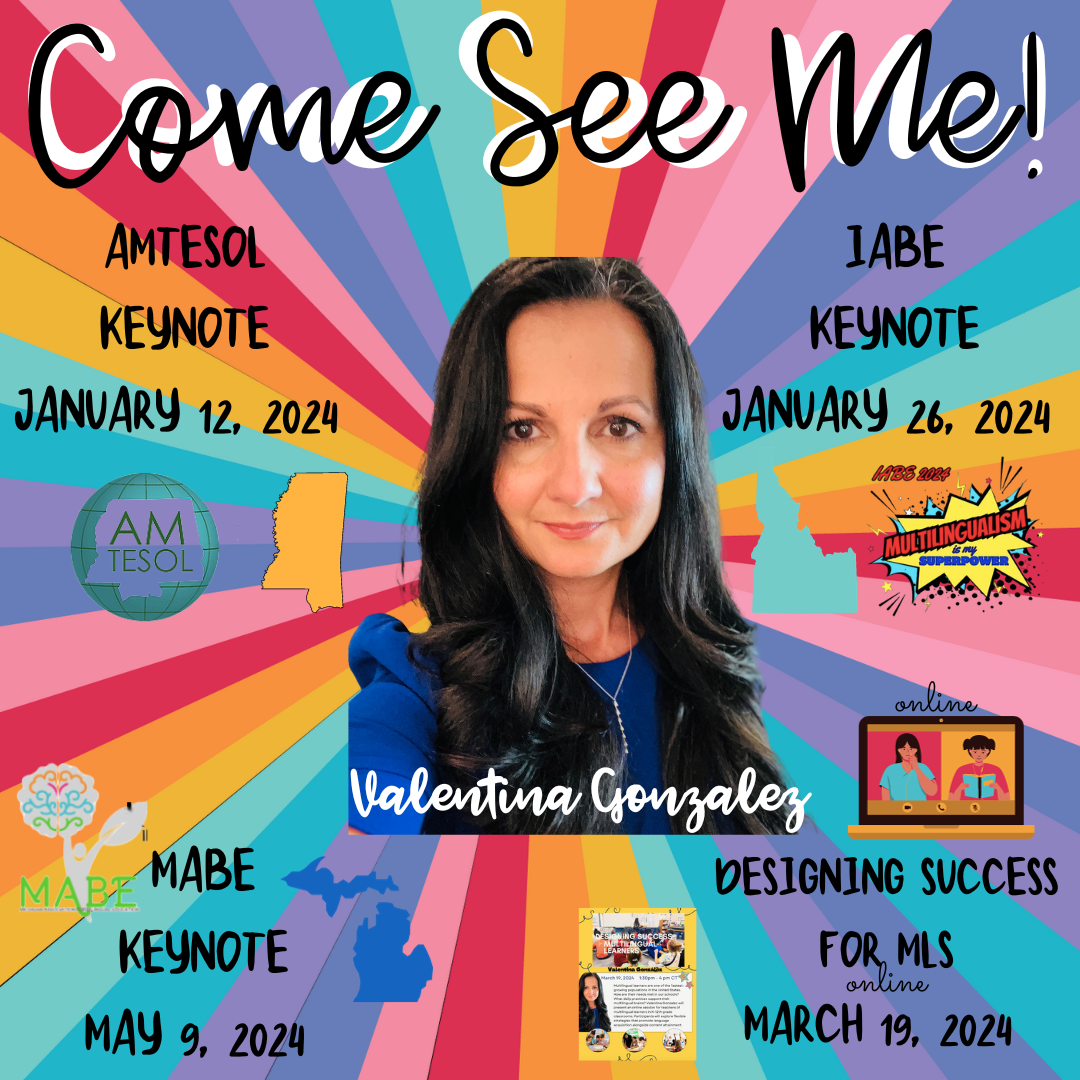
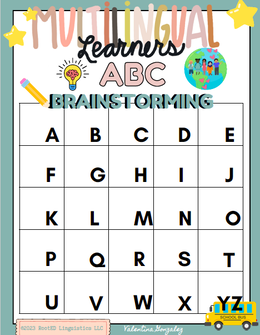
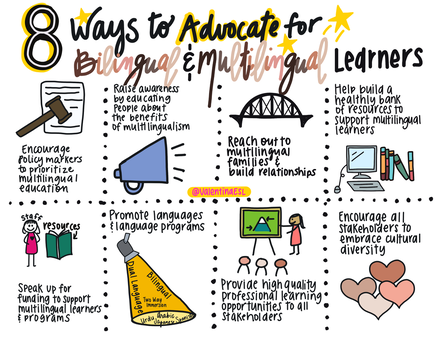


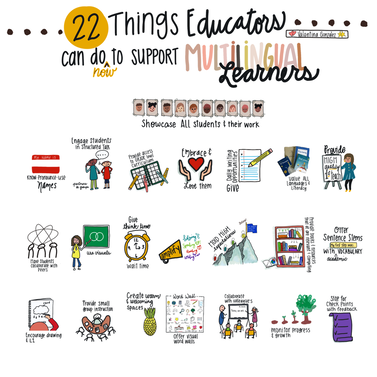
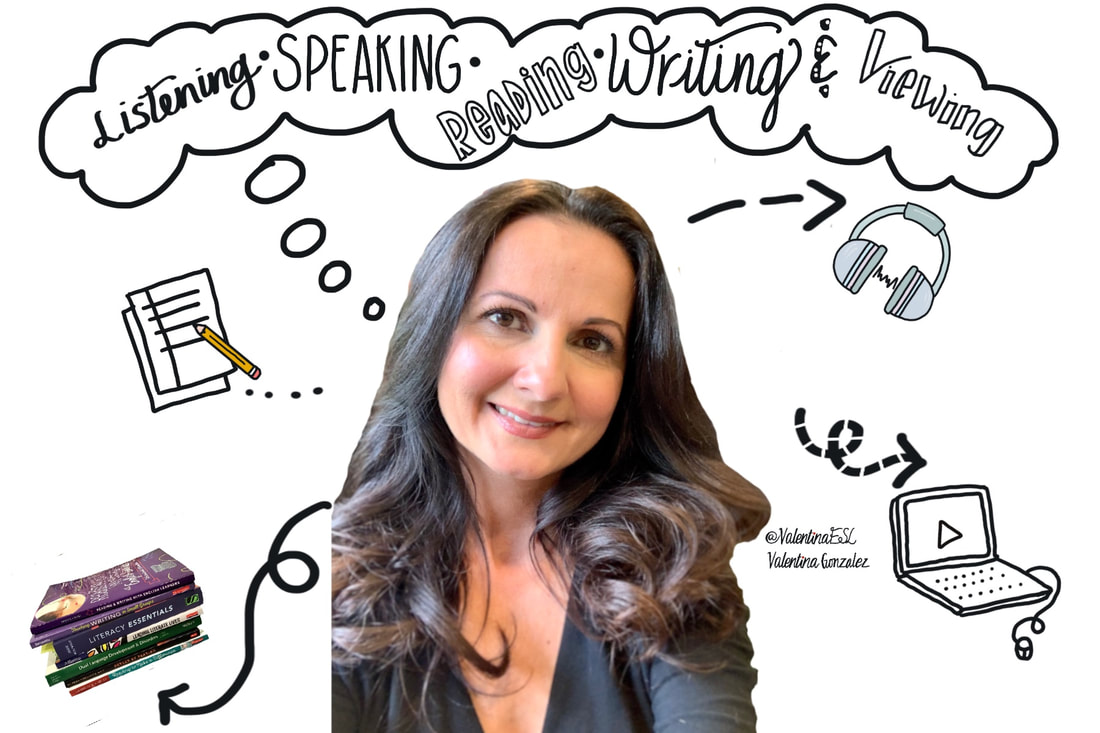
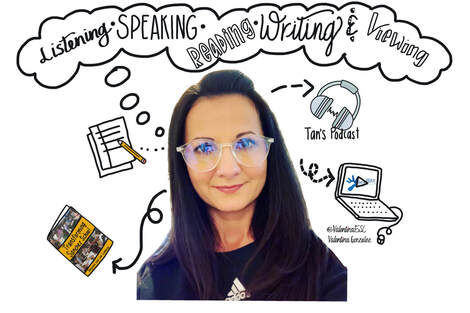



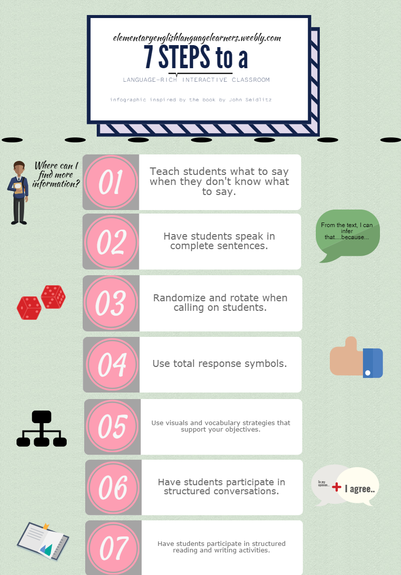


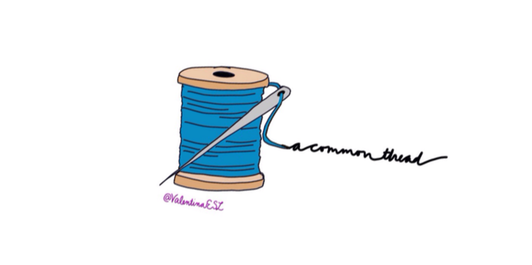

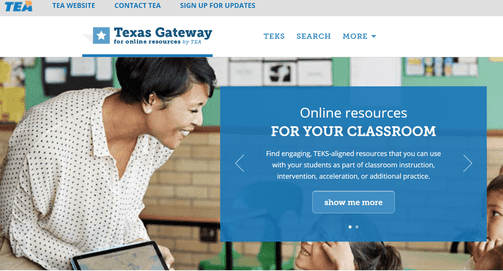
 RSS Feed
RSS Feed
